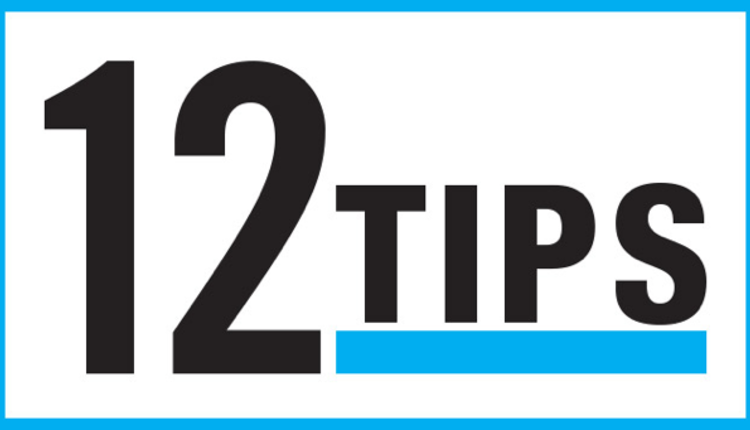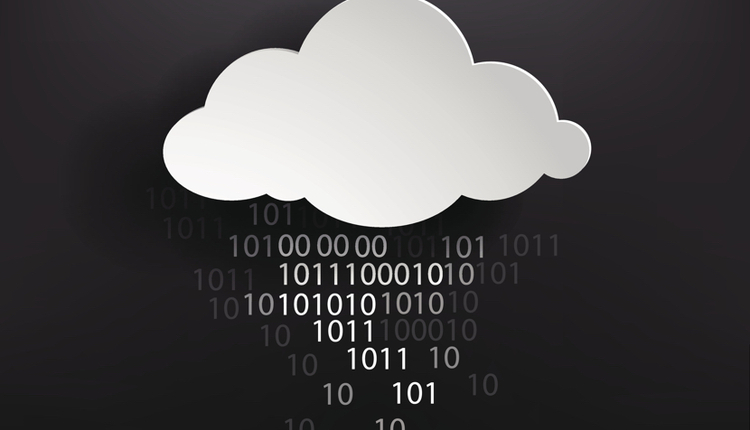
I recently ran across a blog by Michael Fitzgerald, a senior analyst at the research and consulting firm Celent, commenting on millennials and their influence on today’s customer experience in the insurance industry. In it, Fitzgerald referenced Mary Meeker’s "Internet Trends 2015," a study on how the Internet has changed everything, causing us to reimagine how we do business.
There is one statistic in it I probably already knew: Millennials (age 15 to 35) now make up the largest percentage of the US workforce. If you observe any workplace today, even without extensive research, you can easily validate that statistic. What you may not be able to observe right away, however, is that these workers come with an entirely new set of expectations from their workplace. One interesting fact Fitzgerald mentions in connection with this group is that “worker experience” is now becoming as important as one of our favorite phrases—customer experience. There is no doubt that the millennials in the workforce today have high expectations of what their work environment should be like with work values that are perceived to be different than the previous generations.
A Forbes article written on millennials in the workforce states that 88% of millennials prefer a collaborative work culture. Additionally, they want to work in a place where they can make a difference. They want managers who empower them and give them room for self-expression. This may seem a little idealistic (or even unrealistic) to those of us a bit older who usually wanted to work in a place where we could advance and make more money, but for this demographic, meaningful work is a larger driver than money.
So, what does that mean for those of us in the document world? Actually, a lot. If the term “worker experience” is becoming as popular as our attention to customer experience has been, then not only do we need to worry about providing the best tools to meet our customers’ needs, we need to provide them to our employees as well.
In the "Internet Trends 2015" report, there is a tweet referenced in it that really jumped out at me. It is from Aaron Levie, the co-founder of Box, a company in business to provide solutions that transform the way people and business work. He tweeted, “Enterprise software used to be about making existing work more efficient. Now, the opportunity is to transform the work itself.” I agree, and I think there is opportunity for businesses in transforming the worker experience as well.
If the technology you have in place for creating the documents you produce today does not allow for the expectations of the millennial workers referenced above—the need to be in a collaborative environment and to be more involved in the planning, creation and delivery of the work they are producing—you may be missing an advantage for both your employees and your customers. Having the ability to give business users (of all ages) control over the messaging and content of communications sent to customers delivers huge benefits for both.
We know technology can streamline communications in a way that improves the customer experience. It can make it possible to target customers with more personalized messages and get those messages to the place they need to go more quickly. However, technology can also improve the worker experience by eliminating the frustration among marketing and business units, who complain that making even simple changes in customer communications can take weeks or months and often requires a great deal of red tape and micro-management to get the job done. What’s more, millennials choose to use more cloud-based technologies than ever before in their daily lives, because manipulating hard-to-use, antiquated applications built when their parents were their age only serves to hinder the millennials’ worker experience. Giving today’s business users the ability to create and deliver relevant messages to their customers when they want them, and how they want them, puts the responsibility for communications where it belongs—in the hands of the employees closest to the customers’ needs, and as noted, a large majority of these employees really want the autonomy to be more involved with their work experience.
We are in a world where everything is evolving daily, and as Meeker puts it in her report, we are re-imagining everything in business from how we deliver our messages, to the creation of user-generated content, to how we get people what they want when they want it. We have a new workforce that gets it. If we put the right technology in their hands and let them go to work, everyone wins.
Nick Romano specializes in business process reengineering for enterprises migrating to new document delivery solutions. His primary expertise is on implementing messaging and personalization strategies, workflows and ROI tracking. He is a popular international speaker on the implementation of successful document solutions, with topics ranging from design, messaging and personalization to shop floor automation and advances in document delivery. He is a graduate of McMaster University in Hamilton, Ontario with a bachelor's degree in engineering and management. Follow him on Twitter @nickrprinova.






















